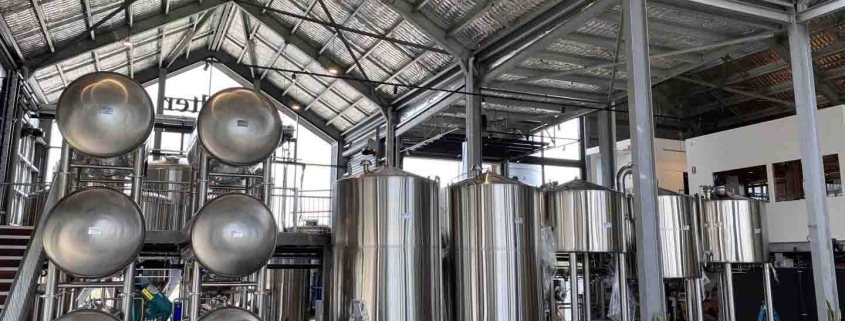The Comprehensive Guide to Micro Brewery Equipment
Microbreweries have been bubbling up in popularity, offering craft beer lovers the chance to enjoy unique flavors brewed with love and precision. Behind every pint of golden goodness is a system of meticulously designed equipment that helps brewers bring their vision to life. If you’re diving into the world of microbrewing or considering setting up your own brewery, understanding microbrewery equipment is the key to success.
Overview of Micro Brewery Equipment
Microbrewery equipment encompasses the machinery and tools needed to produce craft beer on a smaller scale compared to commercial breweries. The primary goal is to ensure consistent quality, flavor, and efficiency while catering to small batches. From mashing to fermentation to packaging, every step in the brewing process requires specialized equipment.
Some of the key pieces include:
- Brewing Kettles: For heating and boiling ingredients.
- Fermenters: To allow yeast to ferment sugars into alcohol.
- Cooling Systems: To quickly bring down temperatures after boiling.
- Filtration Systems: Ensuring clarity in the final product.
- Packaging Machines: For bottling or kegging the beer.
But why is this equipment so crucial? Imagine baking without an oven or mixing without a whisk. Each component ensures precision and consistency, which are the lifeblood of quality craft beer.
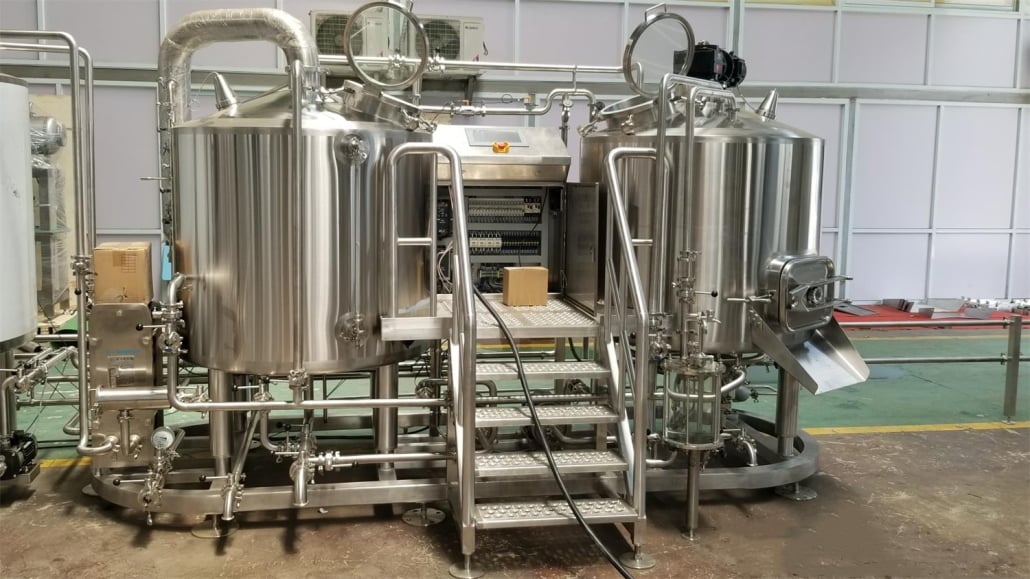
Troubleshooting Common Issues with Micro Brewery Equipment
Even the best equipment can hit a few hiccups. Here’s how to troubleshoot some common brewing challenges:
Temperature Control Failures
Brewing is all about precision. If your cooling or heating systems fail, your beer may taste off or ferment improperly. Regularly calibrate your thermostats and check for blockages in cooling coils.
Fermentation Problems
If fermentation stalls or overflows, check the cleanliness of your fermenters and monitor yeast activity. Using poor-quality yeast or not oxygenating wort properly can wreak havoc on fermentation.
Clogged Filters
Cloudy beer or slow filtration? Clean your filters after every brew. High-protein grains like wheat can clog systems quickly. Switching to finer filters can also help.
Equipment Wear and Tear
Gaskets, seals, and pumps wear out over time. Conduct routine inspections and replace parts as needed to avoid costly downtime.
Troubleshooting is like playing detective—find the culprit, fix it, and learn to prevent it next time.
The Brewing Process: How Micro Brewery Equipment Works
Let’s break down the brewing process step-by-step and see where each piece of equipment comes into play.
1. Mashing
Malt grains are soaked in hot water inside a mash tun to convert starches into fermentable sugars. This sugary liquid is called wort.
2. Boiling
The wort is transferred to a brew kettle, where it’s boiled with hops to develop bitterness, aroma, and flavor.
3. Cooling
After boiling, the wort is rapidly cooled using a heat exchanger to prepare it for fermentation.
4. Fermentation
Cooled wort is moved to fermentation tanks. Yeast is added, and the magic begins! Sugars convert to alcohol and CO₂.
5. Conditioning
The beer is matured to develop its full flavor profile. This can occur in fermenters or separate conditioning tanks.
6. Filtration and Packaging
Finally, the beer is filtered, carbonated, and packaged into bottles, cans, or kegs, ready for consumption.
Every piece of equipment is like a musician in an orchestra—when they work in harmony, the result is a masterpiece.
Comparing Micro Brewery Equipment: Capacity, Space, Design, and Customization
To help you choose the right equipment, here’s a detailed comparison of factors to consider:
| Factor | Details |
|---|---|
| Capacity | Equipment ranges from 3-barrel to 30-barrel systems. Choose based on your production goals. |
| Space Requirements | Compact designs are ideal for smaller breweries. Ensure adequate ventilation and space for maintenance. |
| Design and Layout | Modular systems allow for flexibility. Ergonomic designs simplify operation and cleaning. |
| Customization | Tailor equipment to your specific brewing style (e.g., lagering tanks for lagers, dry hopping setups for IPAs). |
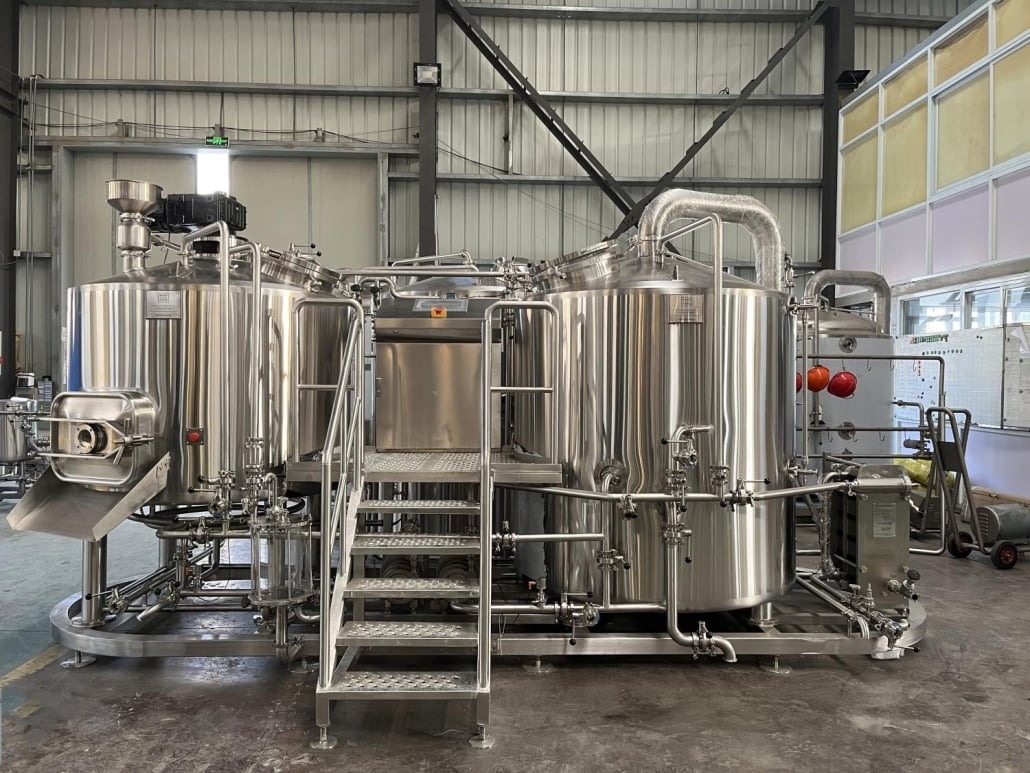

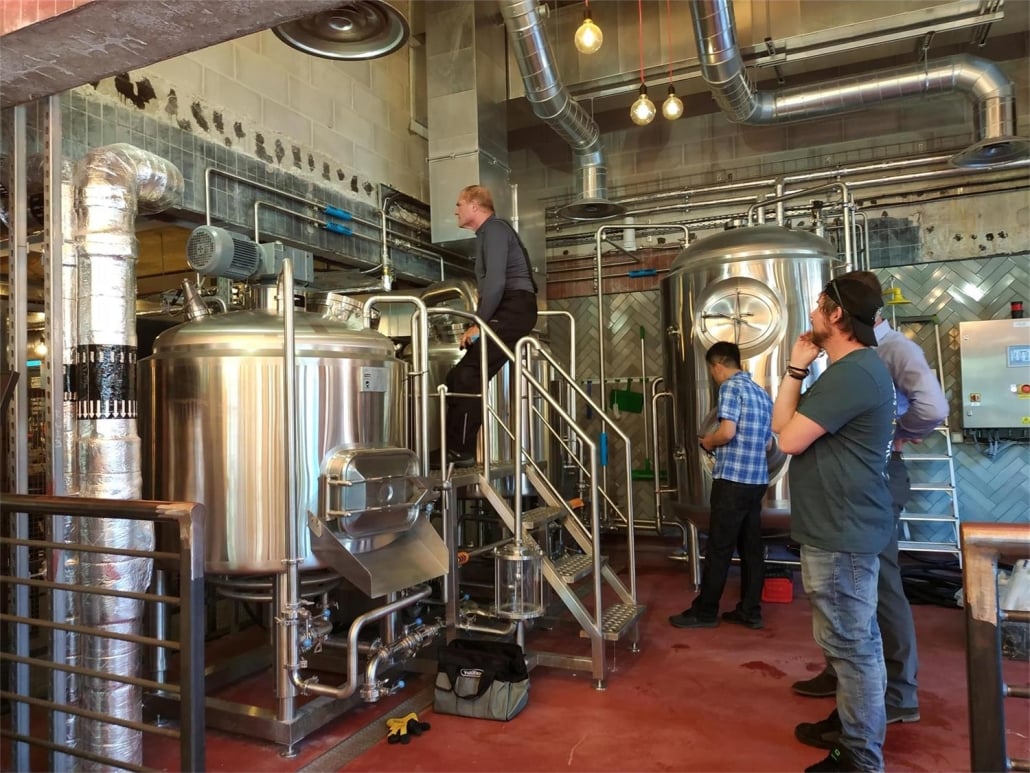
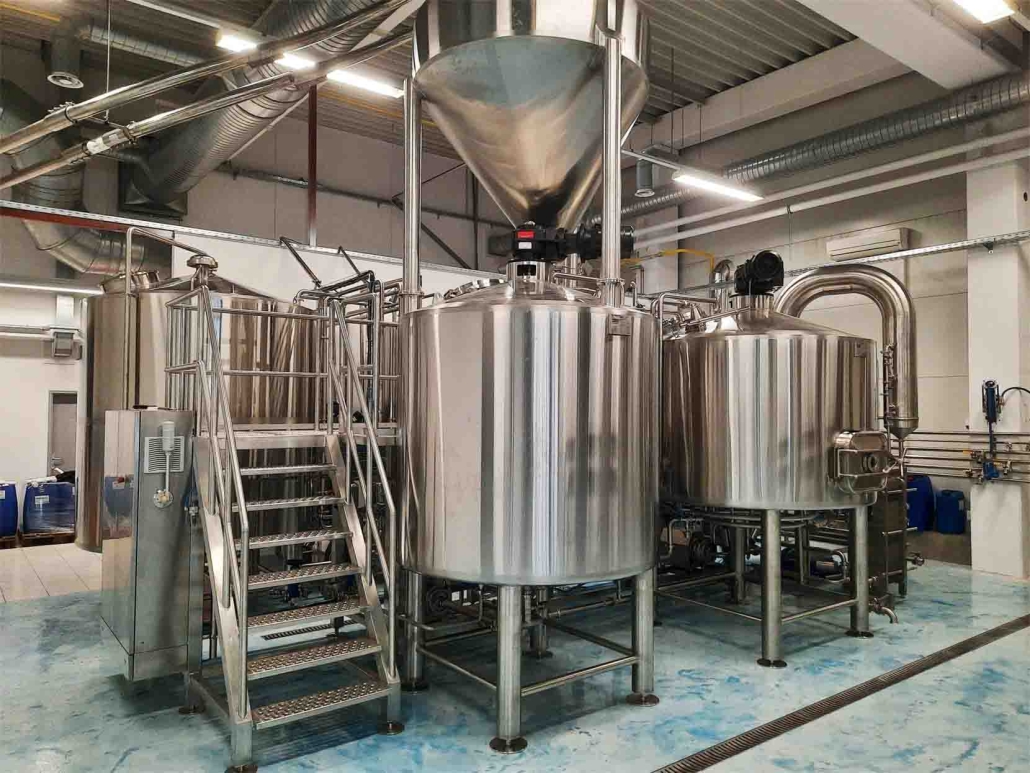
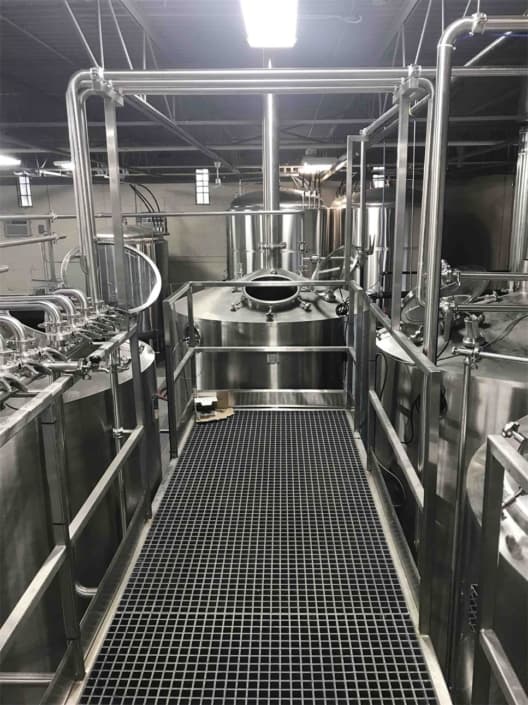
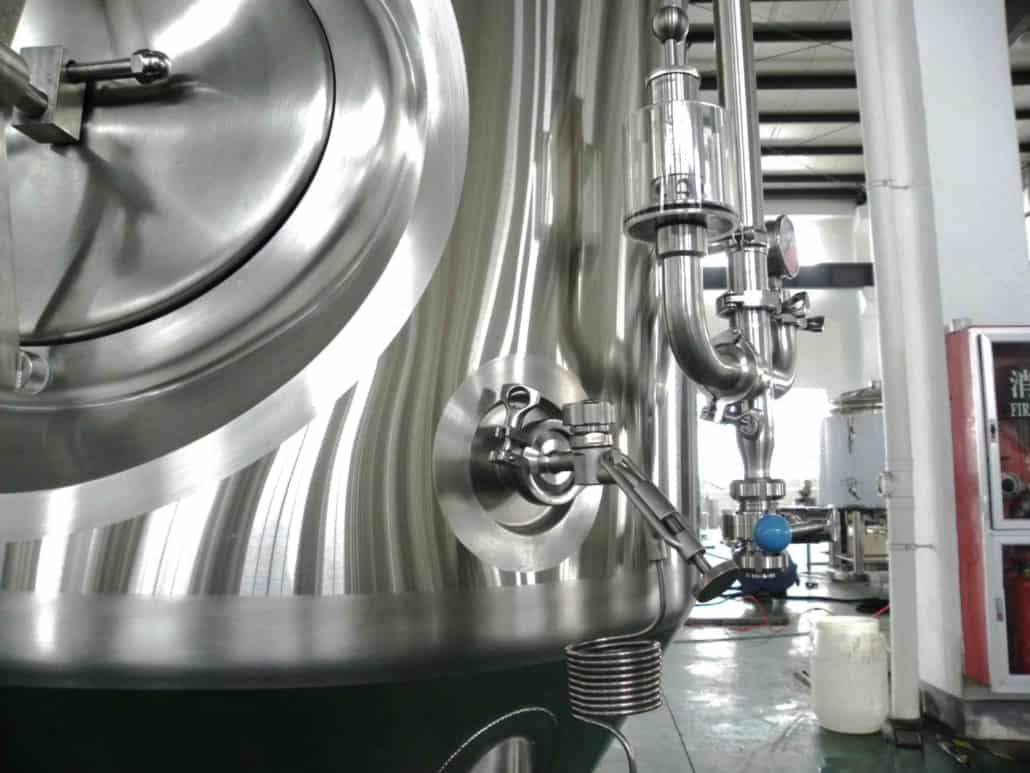
Top Suppliers and Price Ranges for Micro Brewery Equipment
The market is teeming with options, but not all suppliers are created equal. Here’s a snapshot:
| Supplier | Price Range | Specialty |
|---|---|---|
| ABC Brew Systems | $50,000–$150,000 | High-capacity systems with automated controls. |
| Craft Brew Co. | $30,000–$100,000 | Compact designs for small spaces. |
| FermentTech | $40,000–$120,000 | Fermentation tanks and conditioning systems. |
Prices vary based on capacity, materials, and additional features.
Installation, Operation, and Maintenance
Setting up your equipment requires precision and planning. Here’s a guide:
| Aspect | Details |
|---|---|
| Installation | Hire professionals for setup. Ensure compliance with local regulations. |
| Operation | Train staff thoroughly. Automate processes to reduce errors. |
| Maintenance | Clean equipment after every use. Schedule routine inspections. |
How to Choose the Right Micro Brewery Equipment Supplier
Choosing the right supplier can feel overwhelming, but here’s a checklist:
| Consideration | Why It Matters |
|---|---|
| Reputation | Established suppliers offer reliability and quality. |
| Customization Options | Tailored equipment meets your brewing style. |
| After-Sales Support | Strong support ensures minimal downtime during issues. |
| Pricing Transparency | Avoid hidden costs by asking for detailed quotes. |
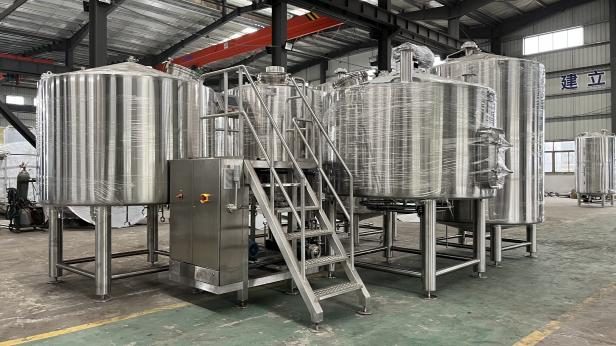
Advantages and Limitations of Micro Brewery Equipment
Here’s a balanced look:
| Advantages | Limitations |
|---|---|
| Produces high-quality craft beer. | Requires significant upfront investment. |
| Flexibility to experiment. | Maintenance can be labor-intensive. |
| Scalable for growth. | Space requirements might be challenging. |
FAQs
| Question | Answer |
|---|---|
| How much does it cost to set up a microbrewery? | Costs range from $100,000 to $500,000 depending on size and customization. |
| How long does it take to brew beer? | The process takes 2–6 weeks, depending on the beer style. |
| What maintenance is required? | Regular cleaning, inspections, and part replacements keep your equipment in top shape. |
| What size equipment is suitable for a startup microbrewery? | Typical sizes range from 1 barrel (31 gallons) to 10 barrels (310 gallons) for startups. The choice depends on your production goals and target market. |
| What materials are used in brewery equipment? | Most equipment is made from stainless steel (304 or 316 grade) due to its durability, hygiene, and resistance to corrosion. Some parts may use copper for aesthetic purposes. |
| Can I customize microbrewery equipment? | Yes, manufacturers often offer customization to fit your space, brewing style, and production capacity. You can request specific sizes, automation levels, or additional features. |

